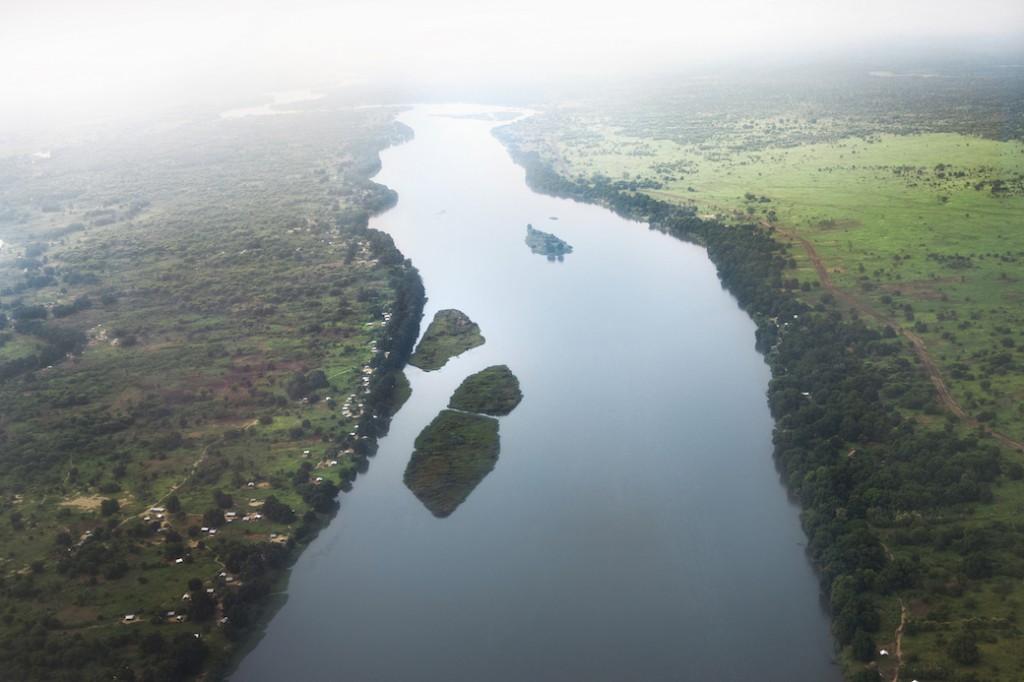PreviousNextPreviousNext
Chapter 1: Portraits — The male section of the Sudan People’s Liberation Army (SPLA) rehearse for the Independence Day procession.
Chapter 1: Portraits — The female section of the SPLA practice for the military procession in the Independence Day celebrations.
Chapter 1: Portraits — A youth group practice for the civilian procession of the Independence Day celebrations.
Chapter 1: Portraits — Christina Killa, head of the Women’s Southern Sudan Prison Service. Prison Headquarters, Juba.
Chapter 1: Portraits — A member of Juba University Choir at the launch of the national anthem in Juba.
Chapter 1: Portraits — Police Officers at police barracks in Juba.
Chapter 1: Portraits — Young police officers wait in line for a screening exercise at the Police training centre in Rajaf. Most of the young men in training are ex-SPLA soldiers.
Chapter 2: Tableaus — 28 June 2011. Enrico Wek, 24, was one of many South Sudanese nationals living in North Sudan before independence. After two weeks of traveling along the Nile in a crammed barge, carrying 219 families consisting of 767 individuals, Wek and his family arrive in Juba exhausted and face an uncertain future.
Chapter 2: Tableaus — The River Nile, a national symbol of South Sudan.
Chapter 2: Tableaus — A Sudanese man returns to Juba after years of exile in Kenya.
Chapter 2: Tableaus — The blackboard in an empty classroom of Juba University.
Chapter 2: Tableaus — An ex child soldier, now a Police Officer, guards the chief of police’s office at Buluk Police Headquarters.
Chapter 2: Tableaus — An alter boy during Sunday service at St. Teresa church in Juba.
Chapter 2: Tableaus — A nun attends Sunday service at St. Teresa church in Juba.
Chapter 3: Police Graduation Day — Aluel Nhial. Bor, Jonglei State. Dinka Tribe.
Chapter 3: Police Graduation Day — Garang Dumo. Dinka Tribe.
Chapter 3: Police Graduation Day — Hassan Hamed. South Darfur. Berno Tribe.
Chapter 3: Police Graduation Day — Elnur Afudi Pita. Maban County, Upper Nile.
Chapter 3: Police Graduation Day — Akon Achiek Chol Alitha. Jonglei. Dinka Tribe.
Chapter 3: Police Graduation Day — Laura Paul Pidi. Eastern Equatoria State. Mà’dí Tribe.
Chapter 3: Police Graduation Day — Mohamed Arabi Abdulla. South Darfur.
Chapter 3: Police Graduation Day — Peter Giatkuoth Jacob. Jonglei State. Nuer Tribe.
Chapter 3: Police Graduation Day — Andrew Matayo Luate. Central Equatoria State.
Chapter 3: Police Graduation Day — Jackson Onek Paul. Eastern Equatoria State. Acholi Tribe.
Chapter 3: Police Graduation Day — Jackson Lodung. Central Equatoria State. Bari Tribe.
Until January 9, 2011, the Republic of South Sudan existed only in the imagination of the Sudan Peoples’ Liberation Movement. On that day a long-awaited referendum took place, with nearly 99 percent of some four million voters opting for secession from the North. On July 9, after a six-month gestation period, amidst huge challenges including counterinsurgencies and ongoing violence in contested oil-rich border regions, the Republic of South Sudan came into being, becoming the world’s 193rd nation. The run-up to independence witnessed a place and a people in transformation, as some of the millions of exiles who had sought asylum in neighboring countries returned to rebuild their communities and construct their identity as a unified nation.
